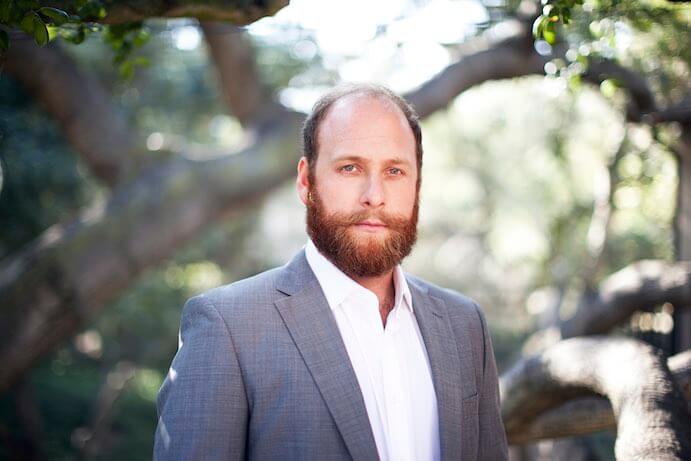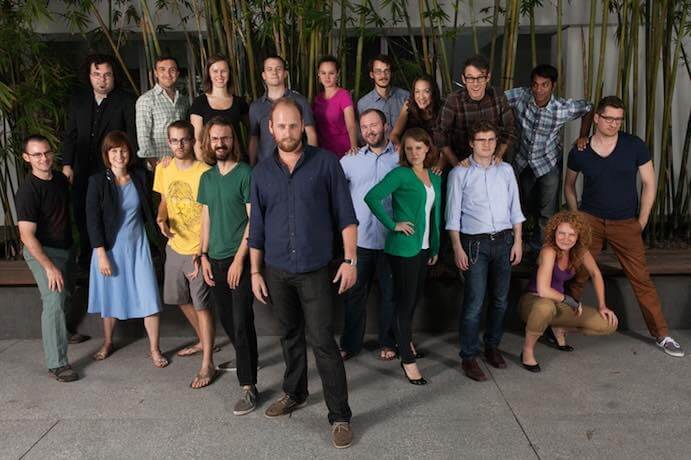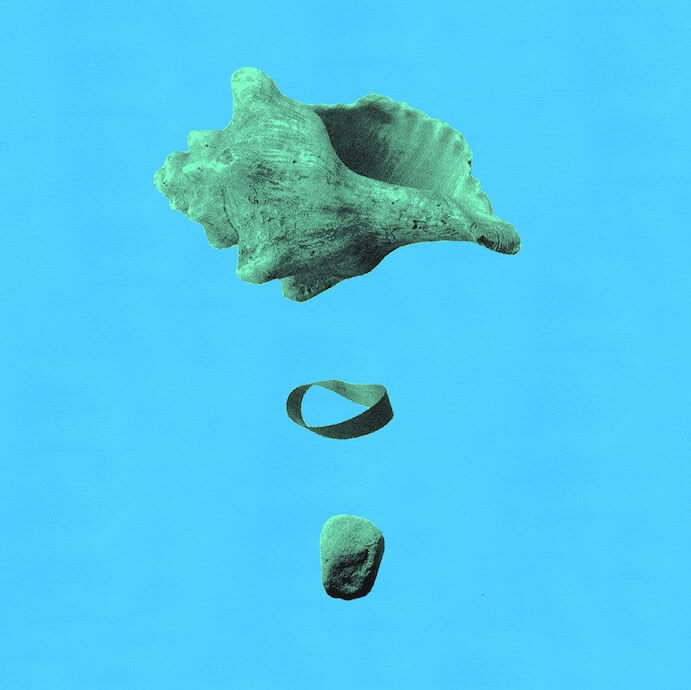The Yucatán peninsula in southeast Mexico bristles with thorny jungle, and its porous, pock-marked landscape holds in it the memory of annihilation. There, the Chicxulub crater haunts the land and the sea, forging a transformation of aeons in its wake by way of mass extinction. In this complex and punishing landscape, which beats heavily under a sunken sun, the Mayan civilization grew, blossomed, and eventually fell away in a process that was accelerated by Western occupation and disruption.
And yet in the face of so much worldly and spiritual ravaging, the Mayan culture and its people persist. Their glorious, mysterious ancestry reemerged from a fallow oblivion into the modern era as a subject of anthropological wonder and an ever fruitful staging grounds for the human imagination impelled towards art. Special chronological poignancy fell to those who took heed of the recent end of a 5,126 year Long Count in the diverse calendrical interlockings of the Mayan astronomical order. This fateful eschaton, December 21, 2012, representing the close to a deep cycle, has inspired a new collaboration between composer Lewis Pesacov and librettist Elizabeth Cline. In their latest work, The Edge of Forever, a one act opera which explores the ecstatic state of an ancient astronomer, cultural mysticism is snapshotted against the future.

Lewis Pesacov
The recording of The Edge of Forever is a document of the single performance it has received (staged by the Los Angeles-based opera company The Industry) in a gesture towards ephemerality and the negation of time. Conceptually, the opera is fascinating in its temporal multidimensionality; Cline sees the Mayan linguistic tendency towards the present tense as the impetus to pivot directly to Scene III, which takes place in our present, specifically on the epochal day of December 21, 2012. The first two scenes both take place on March 13, 830, a lost time that we cannot access, and the only time in which those distant sounds of The Edge of Forever are to be heard. Laakan, an astronomer beholding the heavens, seeks inner sanctum in order to open his heart to love and future bliss. He takes refuge in a cenote (sinkholes filled with fresh water typical of the region) and enters a deep meditation.
In Scene III, a pilgrimage descends to witness the metamorphosis of Laakan, played by tenor Ashely Faatoalia. Cline’s libretto, a concise document, portends towards the miraculous in the face of our limited experience. “Edge of world and sky, I promise you forever…” and “Our love, timeless as dreams, from stone and to forever” express the horizons of human thought, but surprisingly the text deemphasizes Mayan conceptions of the supernatural in favor of a more familiar materialism; Laakan undergoes this journey on his own, the memory encased in the limestone of the cave and the precious obsidian of his garments merely the aspects of his awakening instead of the intertwined causal focii. Where are the divine beings who vouchsafe our passage through the mortal world? Is their absence a mirror into which our own contemporary self-centeredness gazes? … a critique which lies before the collective awakening?

Christopher Rountree
The real achievement of the opera is its central core: Scenes 3-4, where the most directly linkable Mayan features are to be found, and where we finally glimpse the edges of eternity. As disruptive as a massive flock of flamingos belting their disturbing odes to all creatures who are viciously grounded to Earth, the force of some of these later bombarding passages are so visceral that one can picture conductor Christopher Rountree pivoting before unleashing gestures of cataclysmic fire upon the ensemble wild Up’s able members, who deliver resoundingly. Scene 4 captures through beautiful combinations of strings, winds, and the remarkably commanding voice of Ashley Faatoalia, the unfathomably deep trenches where nothingness and emptiness reign, places where all ontology is overridden.
Pesacov, who has considerable versatility weaving his way inside and out of various styles as a producer and performer, takes great care in compositionally localizing Laakan’s mystic moment of union. The score is a beautifully crafted and detailed map of the terrain of sacred interiority. And yet his instrument choices are at once authentic but also ambiguous, as percussive rattlers and conch shells (which form a direct historical parallel) are paired with (against?) soprano saxophone (instrument of the American century), the english horn (that most regal and imperial of the woodwind family), and multiple sine tone generators. As an ensemble, it works incredibly well together, especially when strings and other various percussion instruments join, but an underlying tension pervades with the mere presence of these instruments in a piece centered on the concept of transcendence in the Mayan consciousness.

wild Up
At times, Pesacov resorts to a language of approximation, i.e. the use of Tibetan tingsha cymbals as an index of exoticism, or the mathematical purity of the sine tone, evocative of an anthropomorphized purity of the universe but which in and of itself discloses the pernicious and precise extent of Western machine-making prowess. However, the appearance of sine tones in The Edge of Forever is less overtly threatening than it is structural by serving as a sonic cohesive. Their precise frequencies map loosely onto a pitch sequence that is distinctly heard repeatedly from the chimes: B-flat, D-flat, and E-flat, three black keys on the keyboard which are nearly a graphical isomorphism (when rotated) of the Mayan numeral for 13. Pesacov says that the integers 13 and 20, which are structural in Mayan cosmological understandings of the calendar, became significant for him during the compositional process; deployed in governing everything from the larger formal schema to the smaller instrumental events.
As outsiders looking in, the familiar beauty of The Edge of Forever marks a discontinuity, as though it prefers to keep its distance from the Mayan culture it directly invokes. When reconciling a disjunction of the magnum mysterium of a conquered people, Pesacov and Cline have instead sought the enigmatic and gratifying sounds of a distinctly American new music. As for the sounds of Mayan origin, they exist in suspense over the abyss.






















